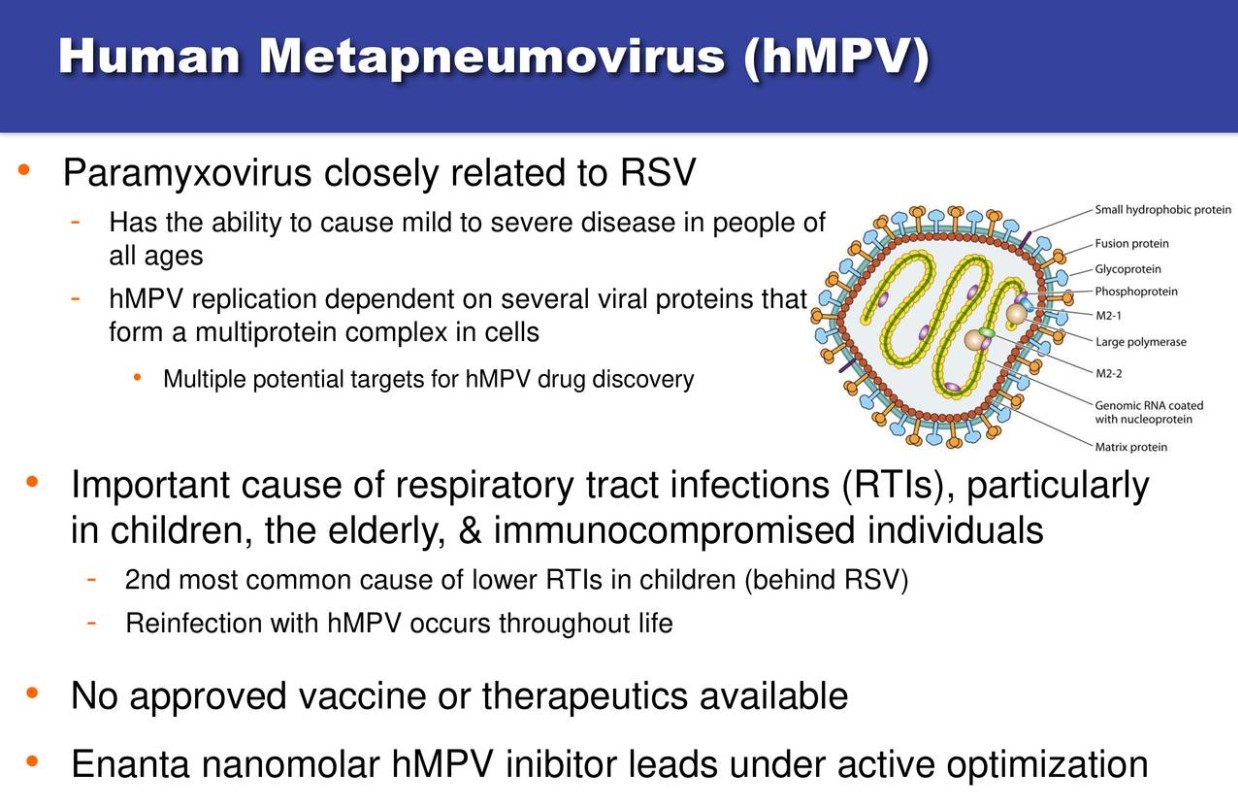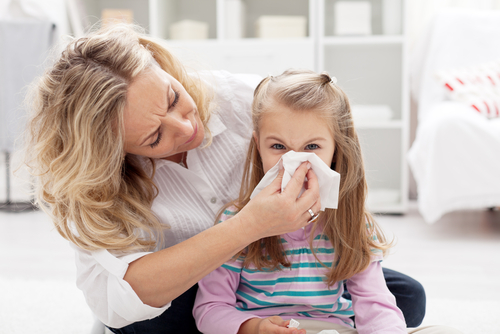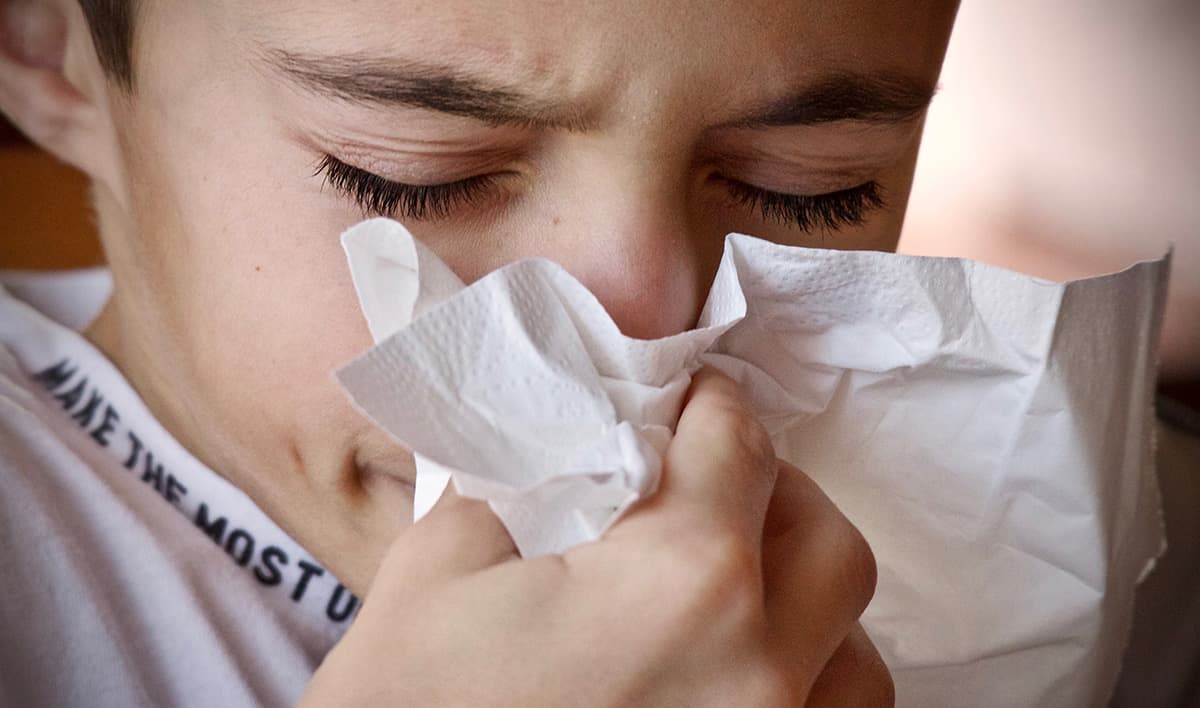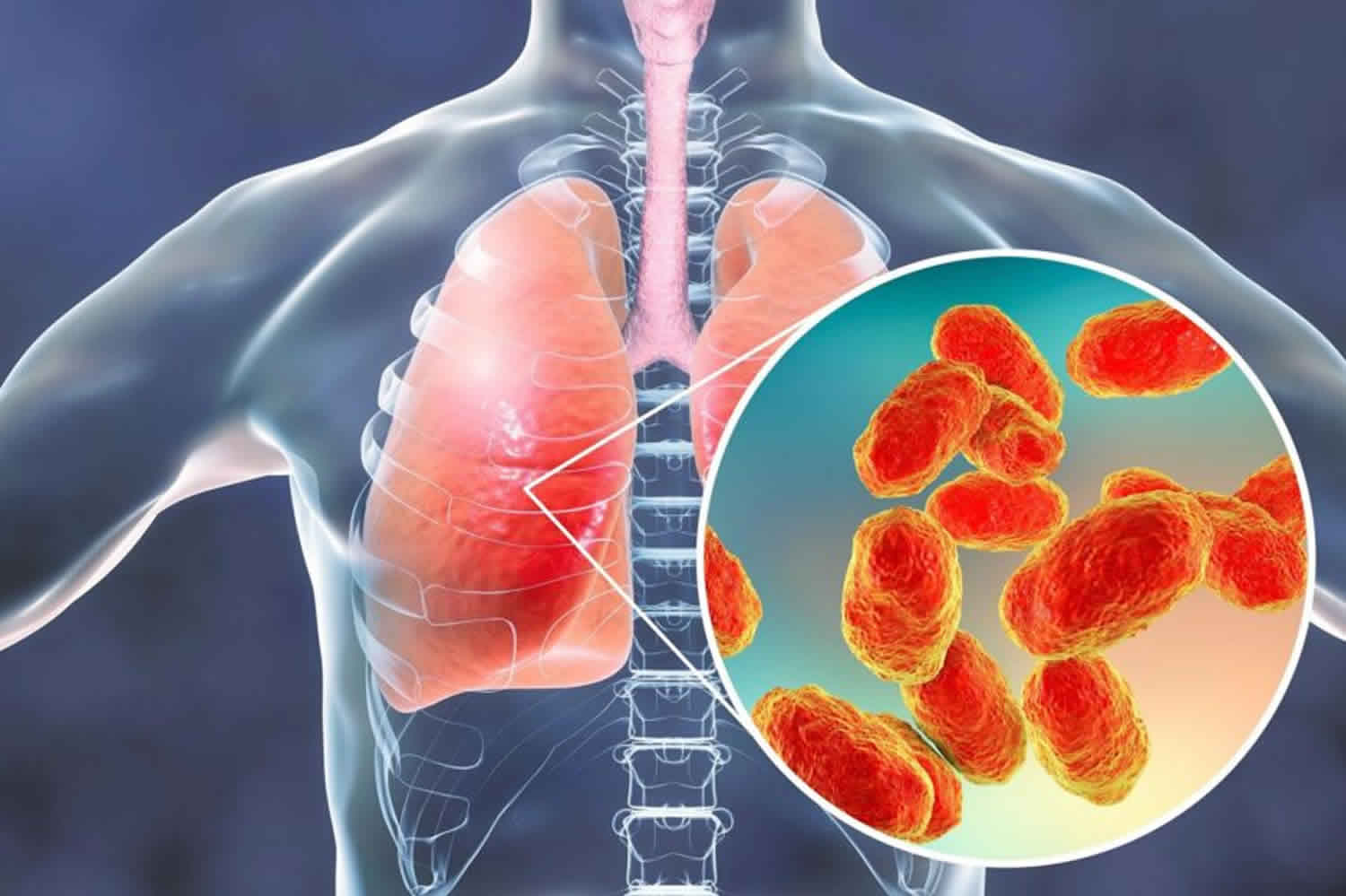
Human Metapneumovirus: Separating Fact from Fiction
Have you ever heard of the human metapneumovirus (hMPV)? With the ongoing pandemic, it’s easy to assume that this virus is just another strain of COVID-19. However, hMPV is a completely different virus that can cause respiratory infections in both children and adults. Unfortunately, there are many myths and misconceptions surrounding hMPV, making it difficult to distinguish fact from fiction. As a result, it’s important to get the facts straight about this lesser-known virus. In this article, we’ll explore what hMPV is, its symptoms, how it spreads, and most importantly, how to protect yourself and your loved ones from this virus. So, let’s dive in and separate fact from fiction when it comes to human metapneumovirus.
Understanding HMPV: Symptoms and Transmission
Human metapneumovirus (hMPV) is a respiratory virus that is believed to be responsible for up to 10% of respiratory infections in both children and adults. Symptoms of hMPV infection are similar to those of other respiratory viruses, such as the flu or the common cold. These symptoms include cough, fever, sore throat, runny nose, and muscle aches. In severe cases, hMPV infection can also cause pneumonia, especially in older adults and those with weakened immune systems.
HMPV is highly contagious and can be spread through respiratory droplets when an infected person talks, coughs, or sneezes. It can also be spread by touching a surface contaminated with the virus and then touching your mouth, nose, or eyes. The virus can survive on surfaces for several hours, so it’s important to practice good hygiene to prevent infection.
To reduce your risk of getting hMPV, it’s important to wash your hands frequently with soap and water for at least 20 seconds, especially after being in public places or touching communal surfaces. Additionally, it’s important to avoid close contact with people who are sick and to stay home if you are feeling unwell.
Misconceptions about HMPV
One of the biggest misconceptions about hMPV is that it is the same as COVID-19. While both viruses can cause respiratory infections, they are caused by different viruses and have different symptoms. COVID-19, for example, can cause loss of taste and smell, while hMPV does not. Additionally, hMPV is more common in children, while COVID-19 is more common in adults.
Another common misconception about hMPV is that it is not a serious illness. While most people who are infected with hMPV will recover without complications, the virus can cause severe illness in older adults and those with weakened immune systems. In fact, hMPV is responsible for a significant number of hospitalizations in these populations each year.
How HMPV Differs from Other Respiratory Illnesses
While hMPV shares many symptoms with other respiratory illnesses, there are some key differences that can help doctors distinguish it from other viruses. For example, hMPV is more likely to cause severe illness in older adults and those with weakened immune systems than the common cold or flu. Additionally, hMPV tends to cause more severe respiratory symptoms, such as cough and shortness of breath, than the common cold.
Another way that hMPV differs from other respiratory illnesses is in its seasonality. While the flu tends to peak in the winter months, hMPV infections can occur year-round, with peaks in the spring and fall. This makes it important to practice good hygiene and take precautions to prevent infection throughout the year.
Diagnosis and Treatment of HMPV
Diagnosing hMPV can be tricky, as its symptoms are similar to those of other respiratory viruses. However, doctors may suspect hMPV if a patient has severe respiratory symptoms and tests negative for other viruses, such as the flu. A sample of respiratory secretions, such as mucus from the nose or throat, can be tested for the virus using a molecular test, such as PCR.
There is currently no specific treatment for hMPV, but supportive care can help manage symptoms and prevent complications. This may include rest, fluids, and over-the-counter medications to reduce fever and ease symptoms. In severe cases, hospitalization may be necessary to receive oxygen and other supportive care.
Prevention of HMPV

Preventing hMPV infection is similar to preventing other respiratory illnesses. Good hygiene practices, such as washing your hands frequently, covering your mouth and nose when coughing or sneezing, and avoiding close contact with sick people, can help reduce your risk of infection.
Additionally, getting vaccinated against other respiratory illnesses, such as the flu, can also help protect against hMPV. While there is currently no vaccine specifically for hMPV, getting vaccinated against other viruses can help reduce your risk of getting sick and developing complications from hMPV.
HMPV and COVID-19
While hMPV and COVID-19 are caused by different viruses, there is some overlap in the symptoms they can cause. This can make it difficult to distinguish between the two viruses, especially in the early stages of infection.
However, there are some key differences between hMPV and COVID-19 that can help doctors make a diagnosis. For example, COVID-19 can cause loss of taste and smell, while hMPV does not. Additionally, COVID-19 is more likely to cause severe illness in adults, while hMPV is more common in children.
It’s important to note that while hMPV and COVID-19 may share some symptoms, they require different treatments. If you suspect you may have hMPV or COVID-19, it’s important to seek medical attention right away.
Research and Development for HMPV Treatment
While there is currently no specific treatment for hMPV, there is ongoing research into developing antiviral medications and vaccines to prevent and treat the virus. Some promising treatments include fusion inhibitors, which prevent the virus from entering cells, and monoclonal antibodies, which can help boost the immune system’s ability to fight off the virus.
Additionally, there is ongoing research into developing a vaccine for hMPV. While there is currently no vaccine for hMPV, researchers are working to develop one that could protect against multiple strains of the virus.
HMPV in Children and Older Adults

Human metapneumovirus is more common in children than in adults, and it can cause severe illness in young children, especially those under the age of 2. Symptoms of hMPV infection in children may include fever, cough, wheezing, and difficulty breathing.
In older adults, hMPV can also cause severe illness, especially in those with underlying health conditions or weakened immune systems. Symptoms of hMPV infection in older adults may include cough, shortness of breath, and chest pain.
If you or a loved one are experiencing symptoms of hMPV, it’s important to seek medical attention right away, especially if you are in a high-risk group.
Importance of Knowing the Facts About HMPV
Human metapneumovirus is a lesser-known respiratory virus that can cause serious illness in both children and adults. While there are many myths and misconceptions about hMPV, it’s important to know the facts in order to protect yourself and your loved ones from infection.
By practicing good hygiene, getting vaccinated against other respiratory illnesses, and seeking medical attention if you suspect you may have hMPV, you can reduce your risk of getting sick and developing complications from this virus. Additionally, ongoing research into developing antiviral medications and vaccines for hMPV could help prevent and treat the virus in the future.
Also, visit:
https://www.washingtonpost.com/wellness/2023/05/30/human-metapneumovirus-hmpv-symptoms/





